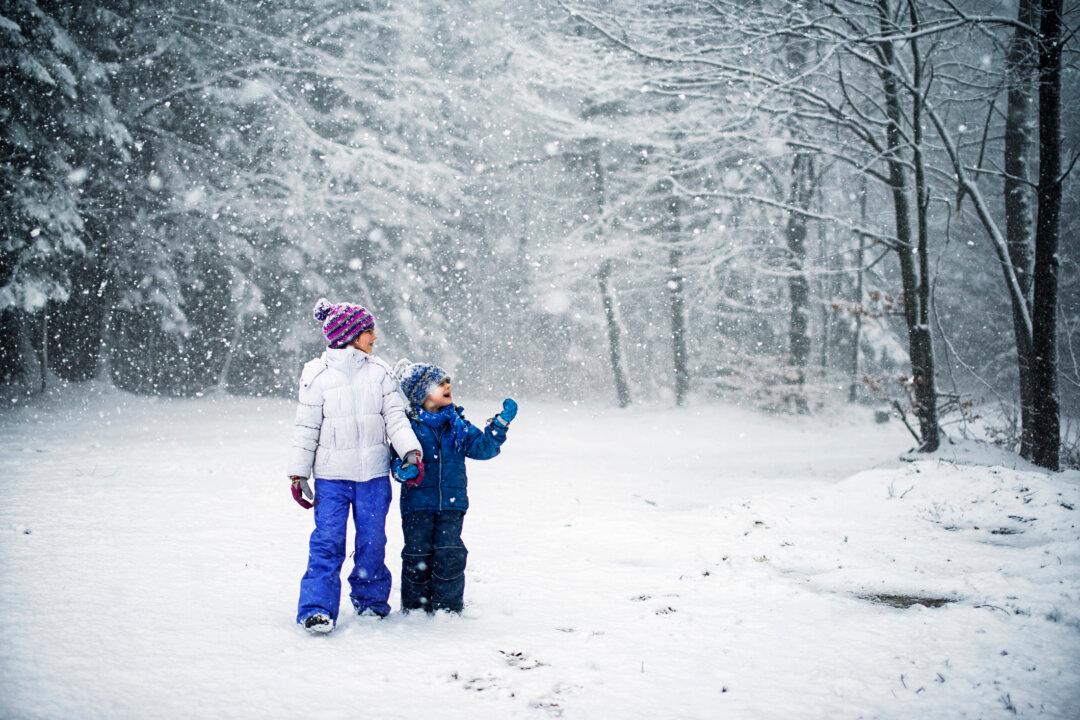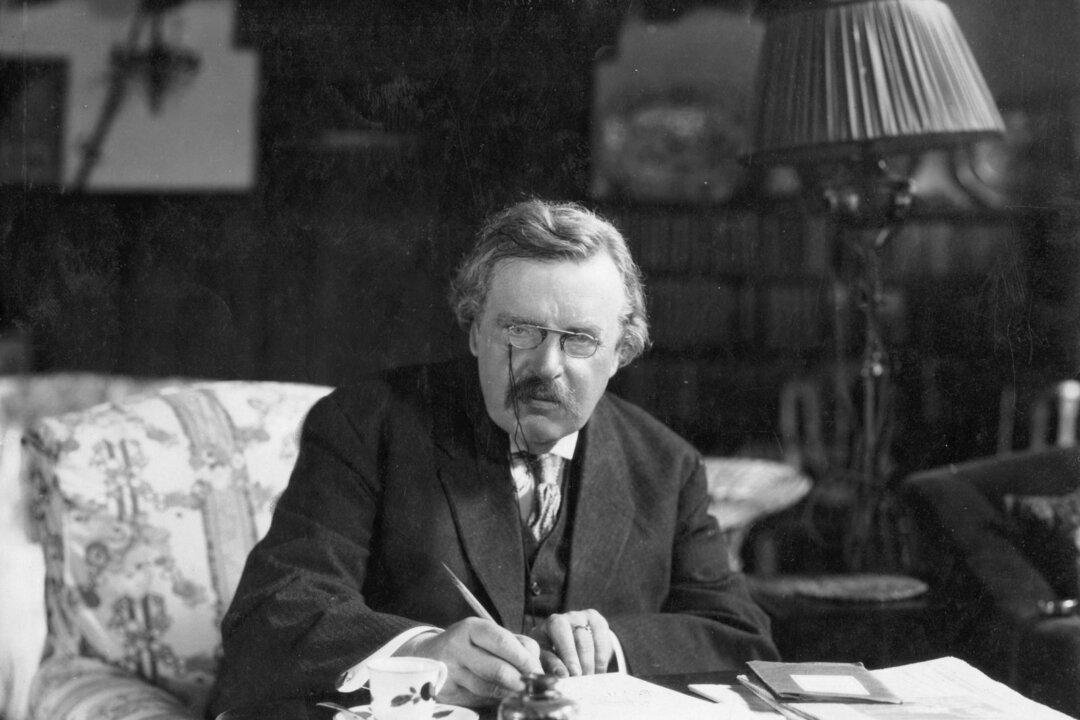Too much screen time threatens healthy child development, and it’s a danger that children encounter at a younger and younger age. In 1970, kids first interacted with media at the age of 4, on average. Now, that they’re doing it at 4 months.
That means electronics are now casting their ghostly glow even over the cradle, mesmerizing infants who haven’t even learned to walk or talk yet.






